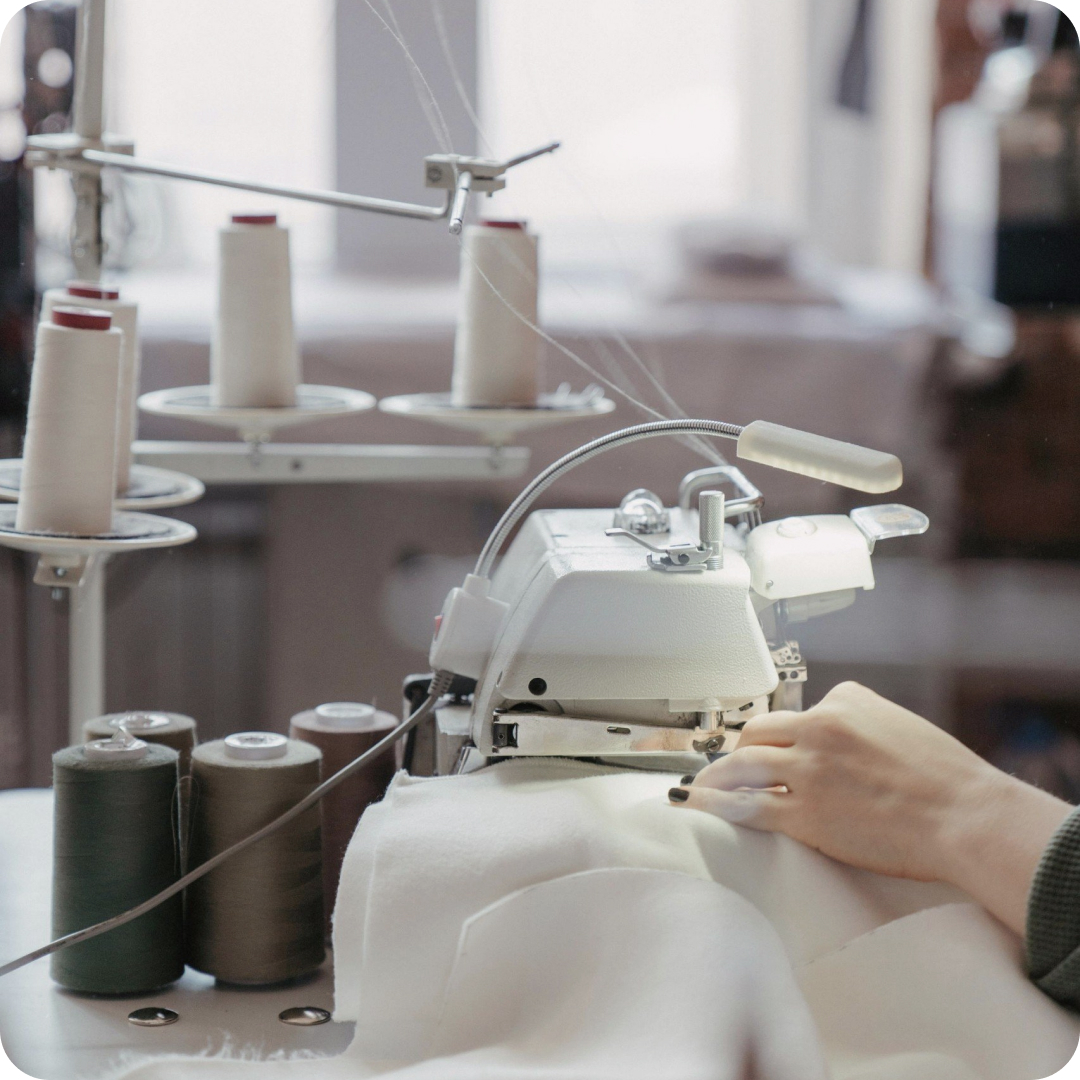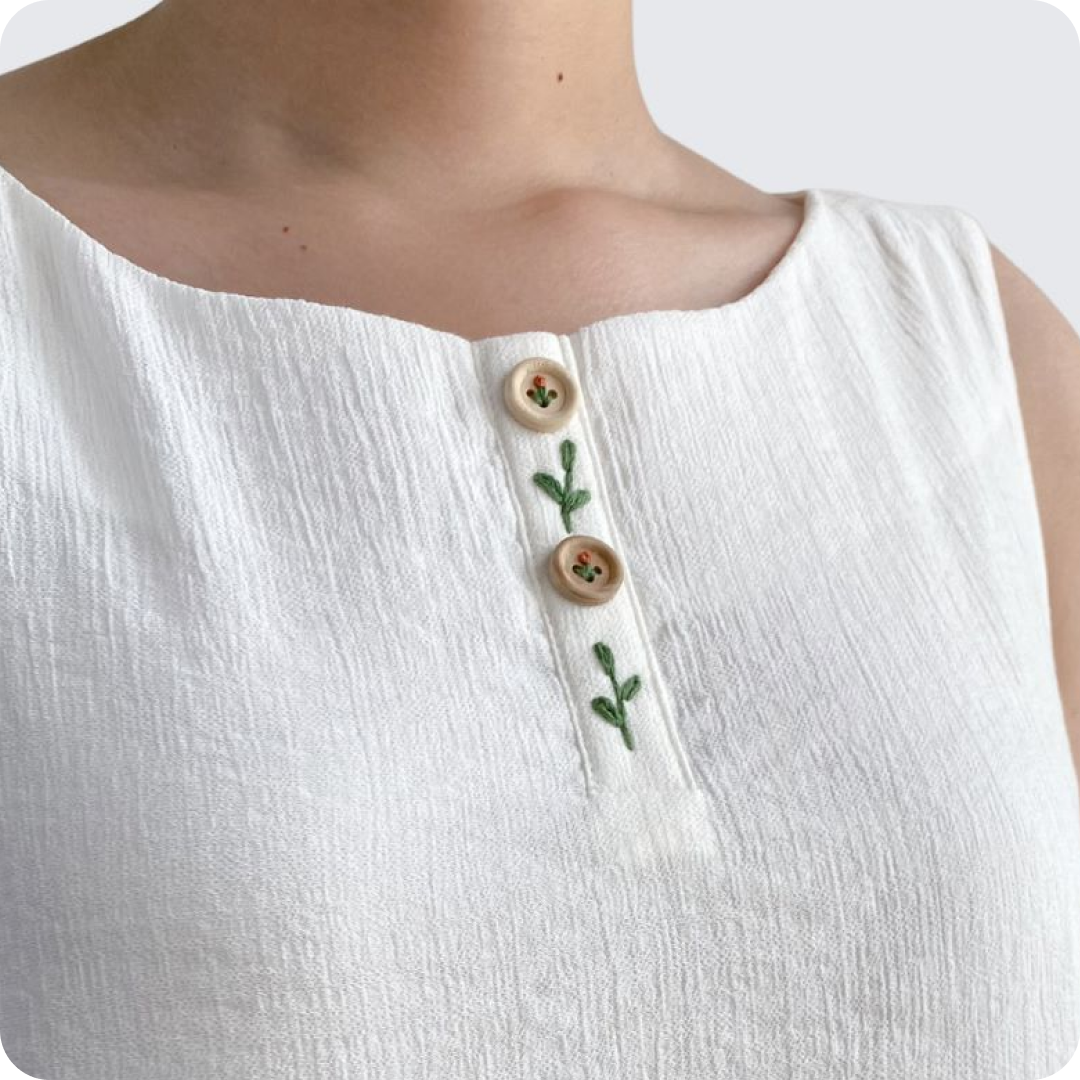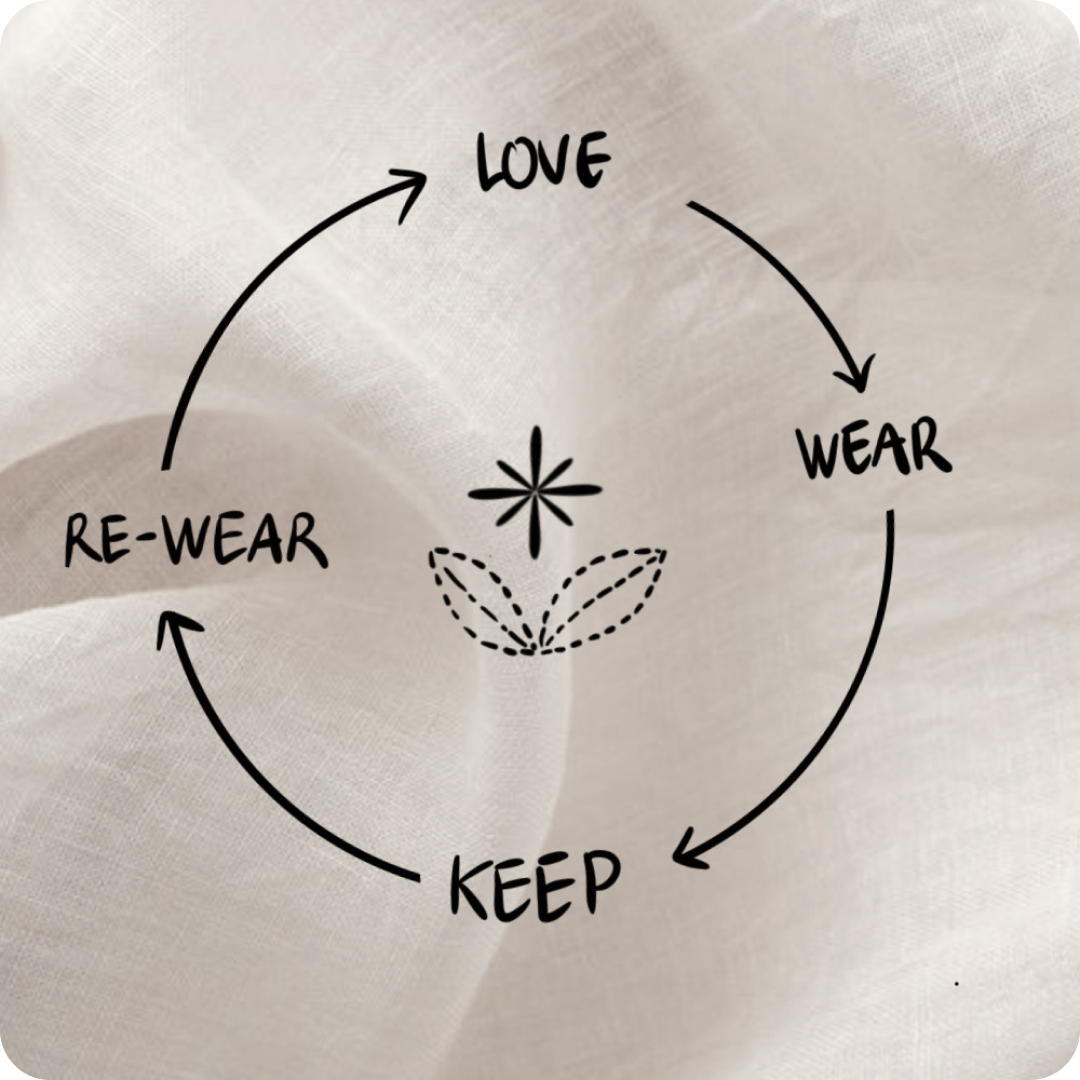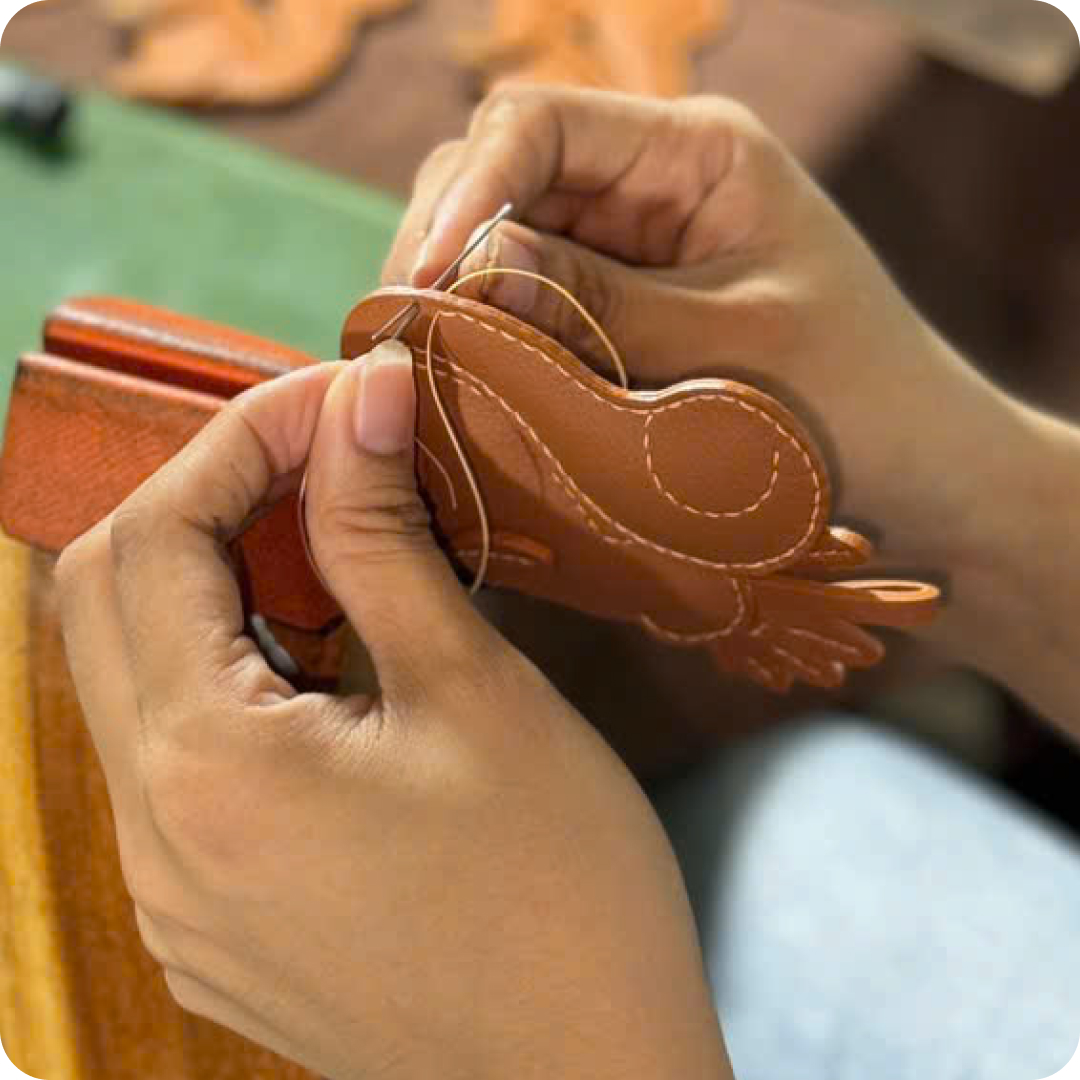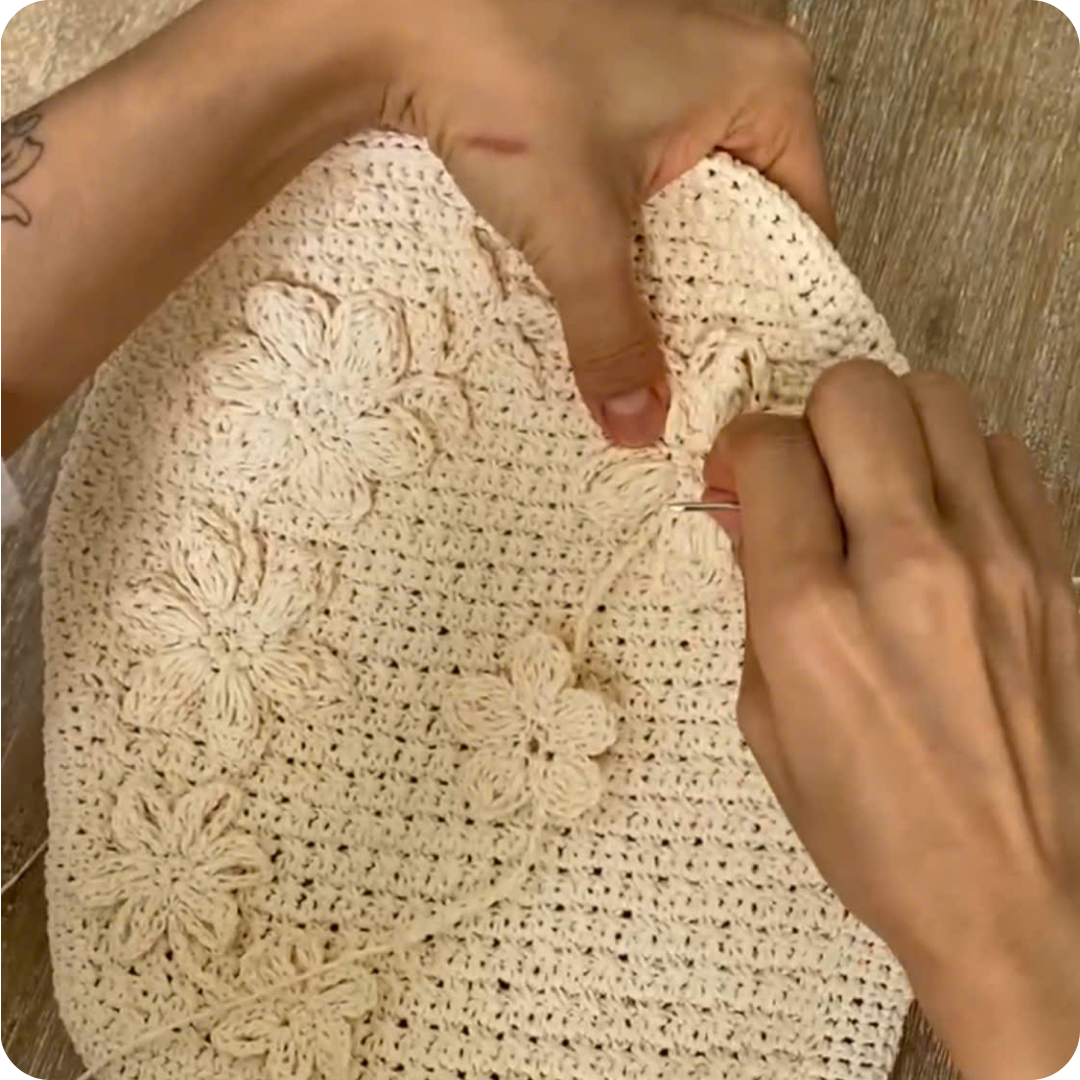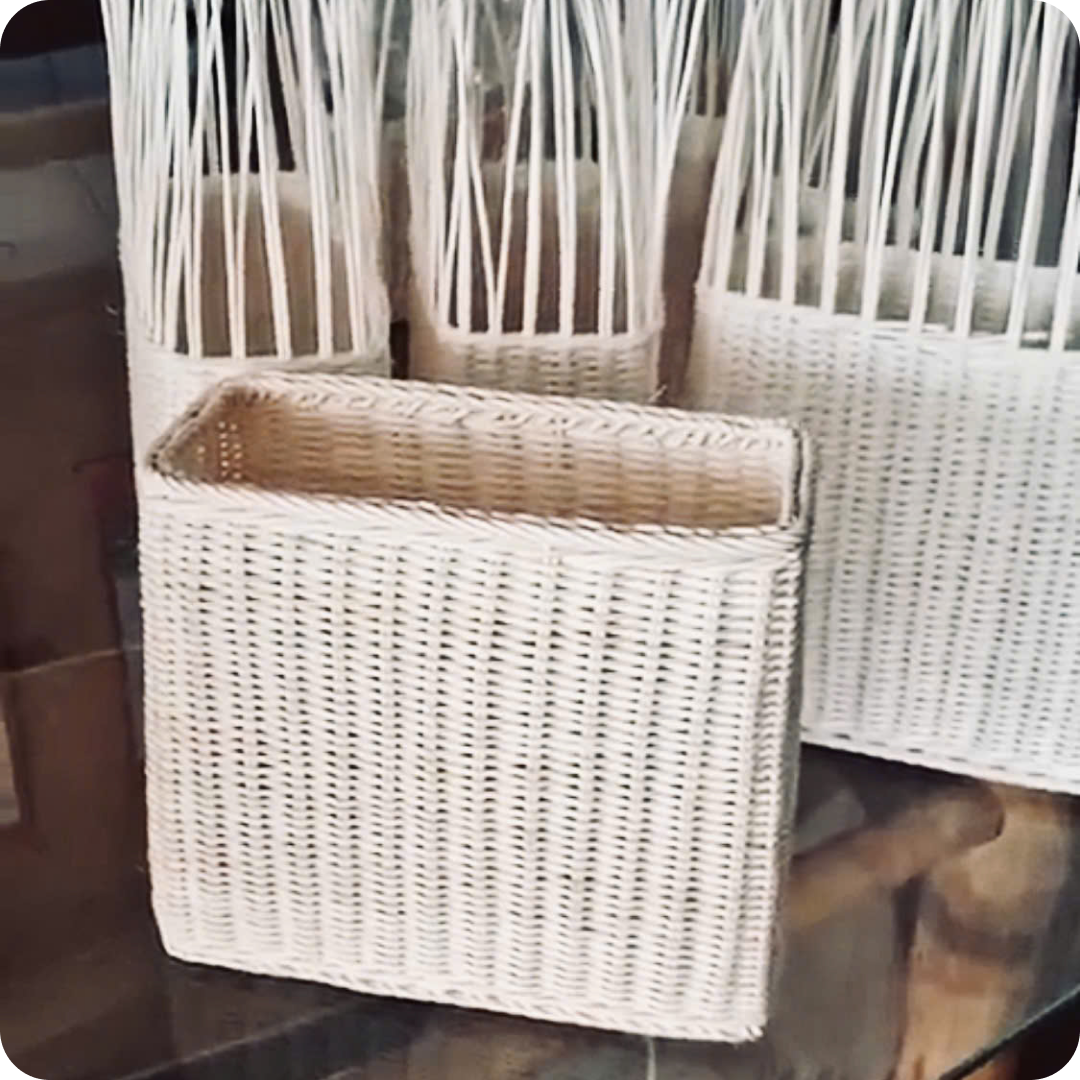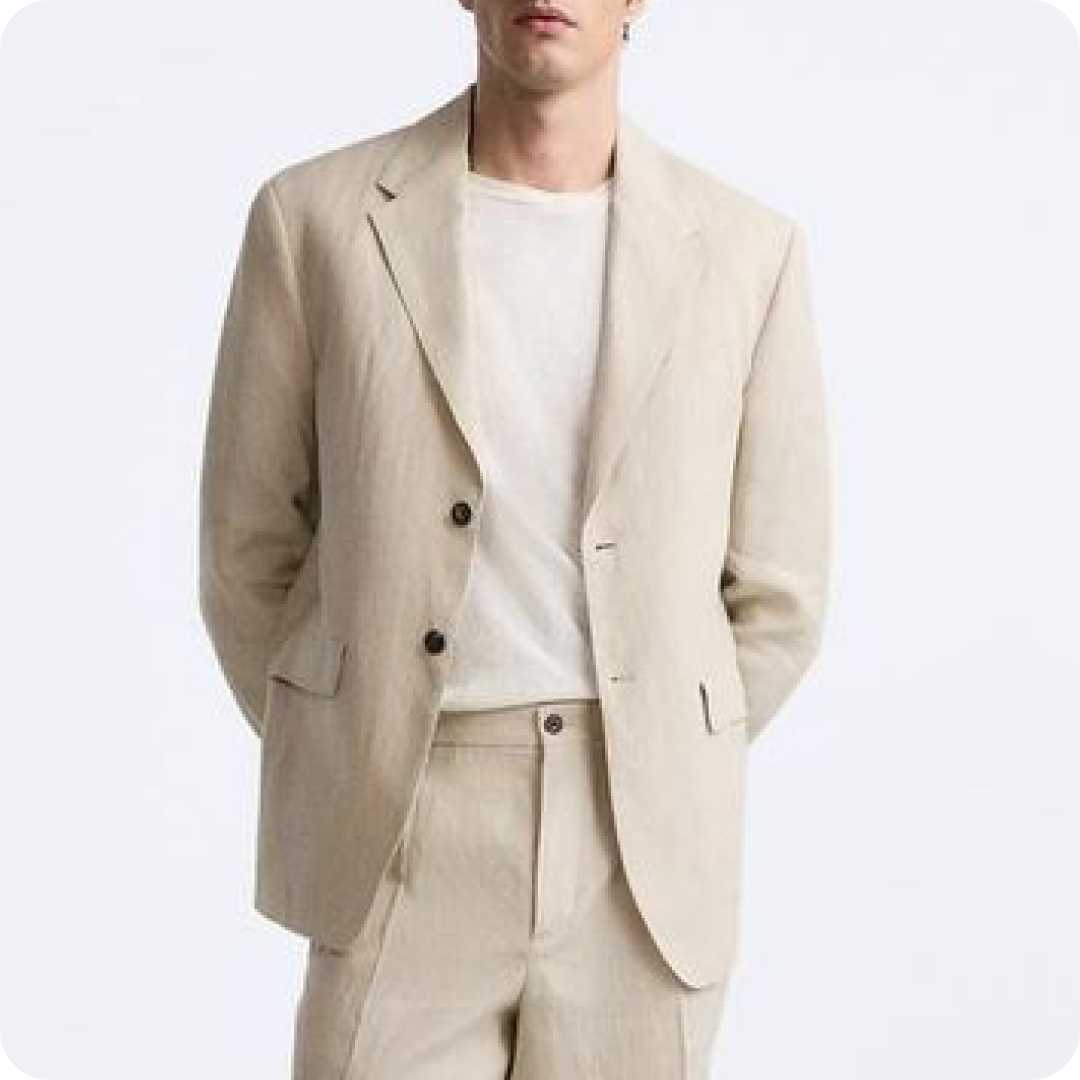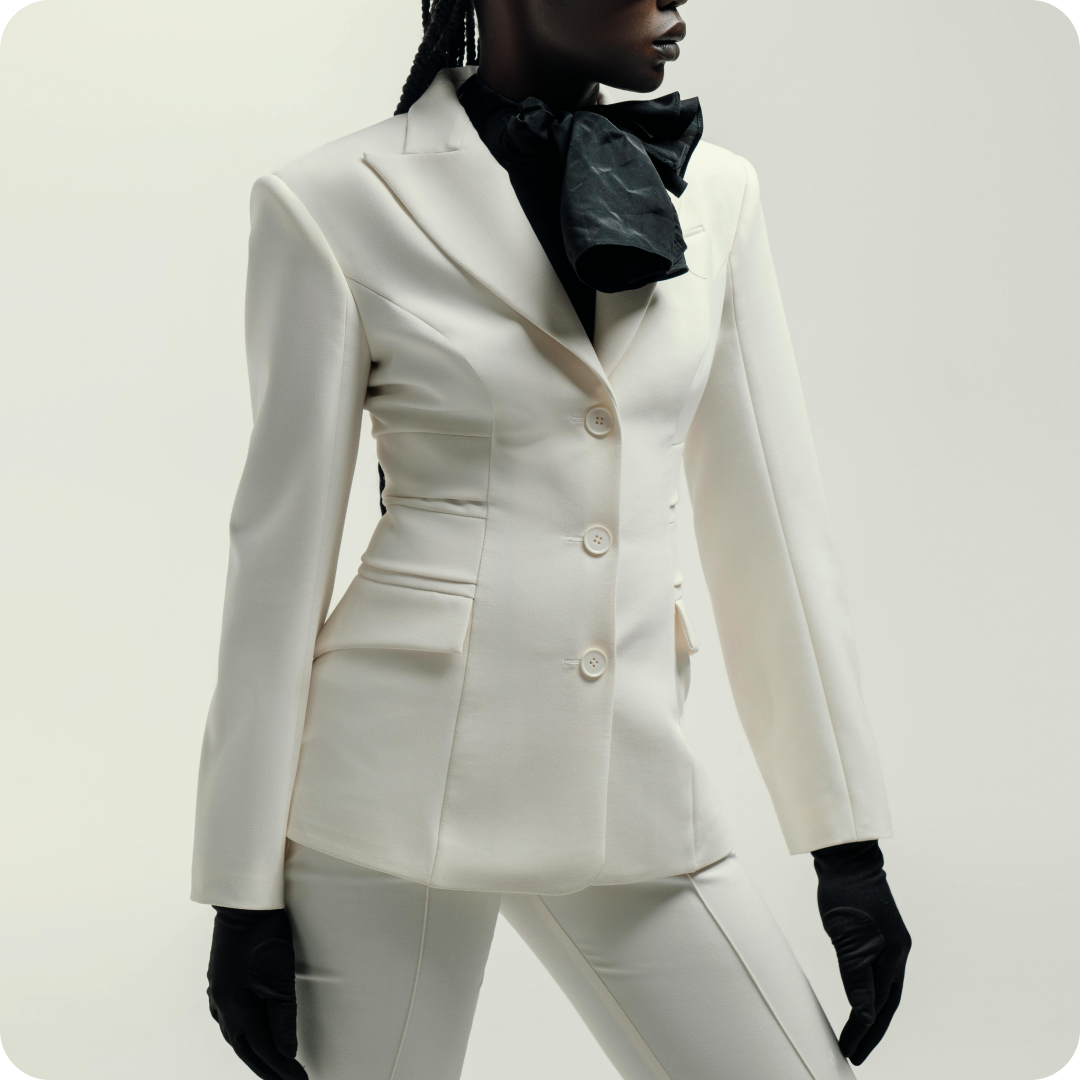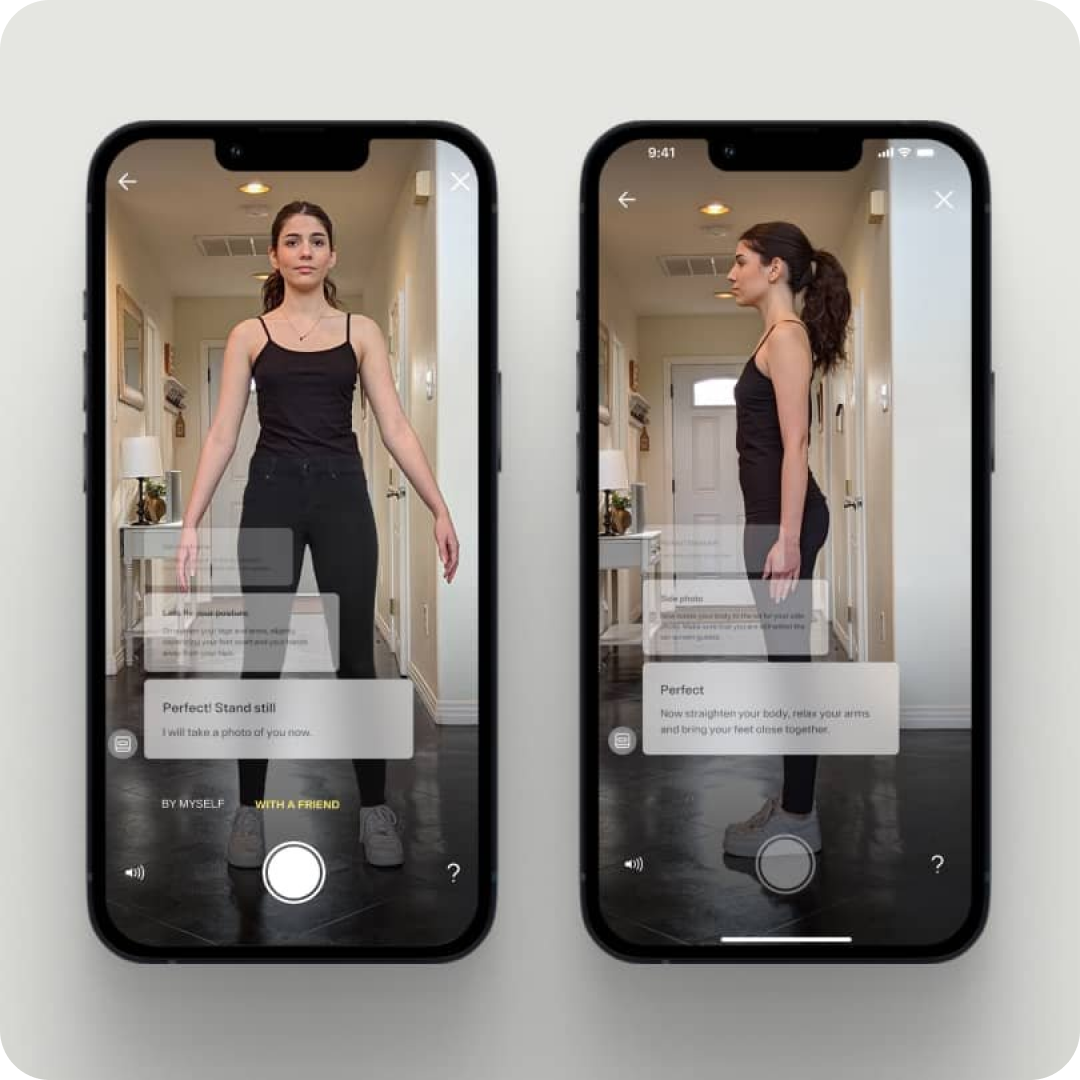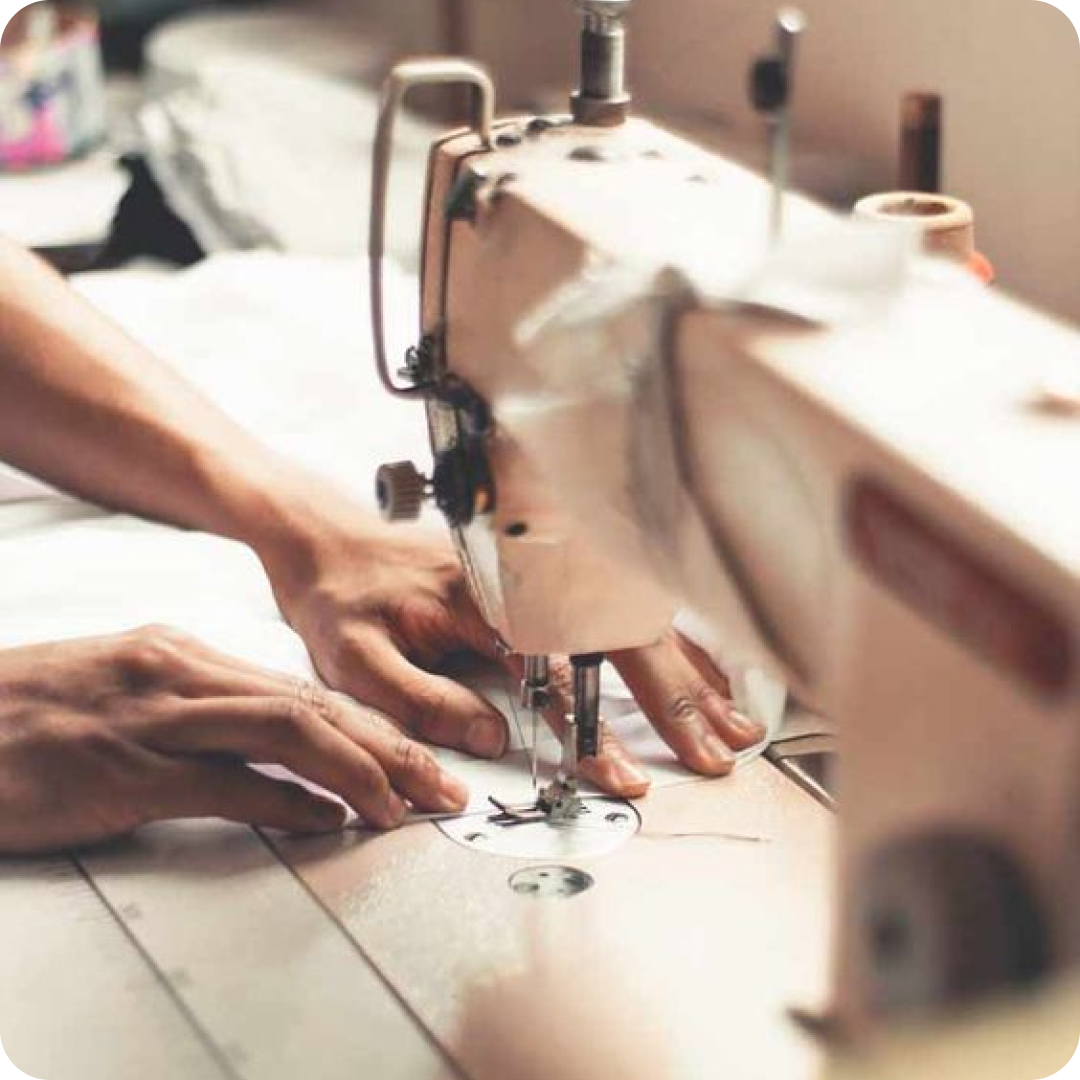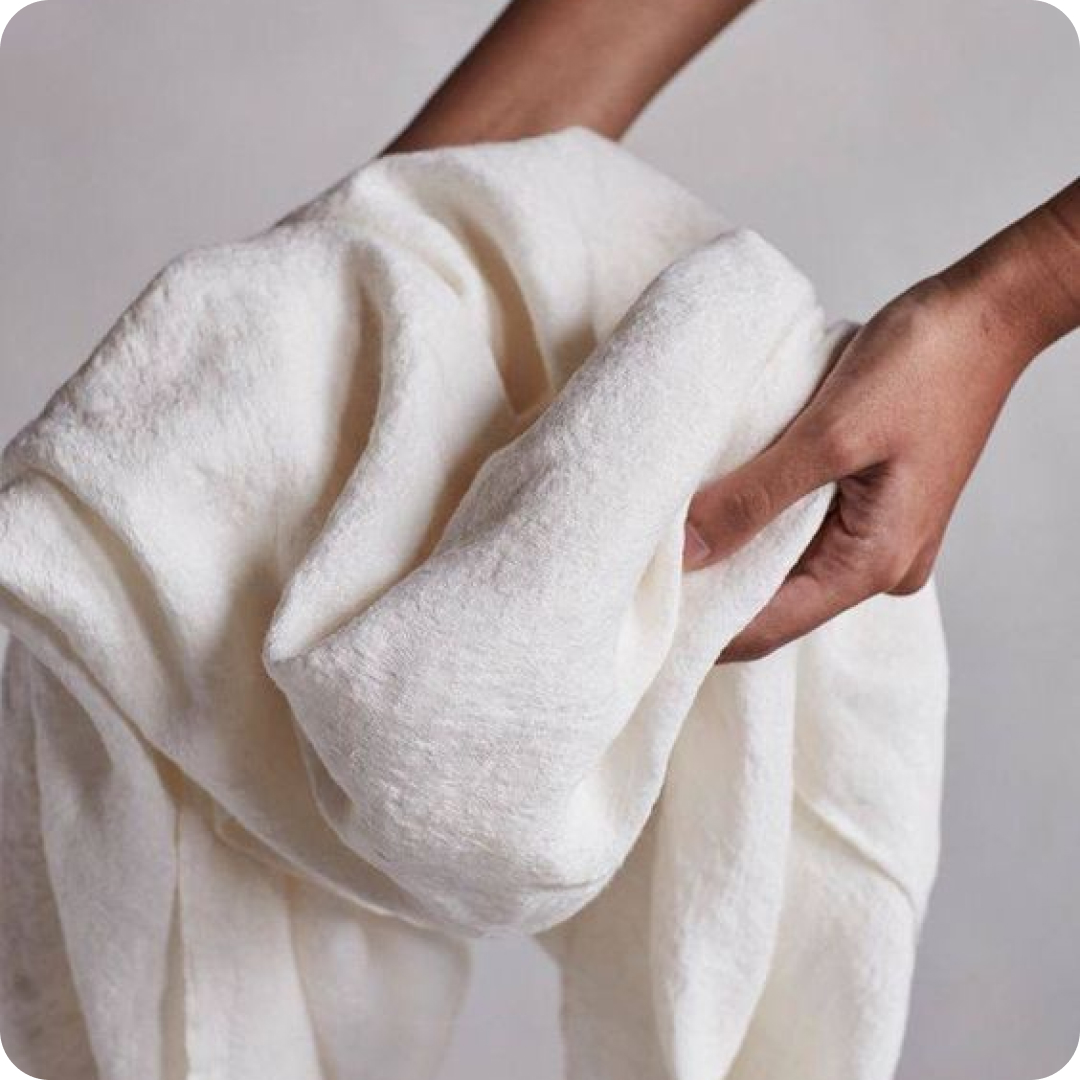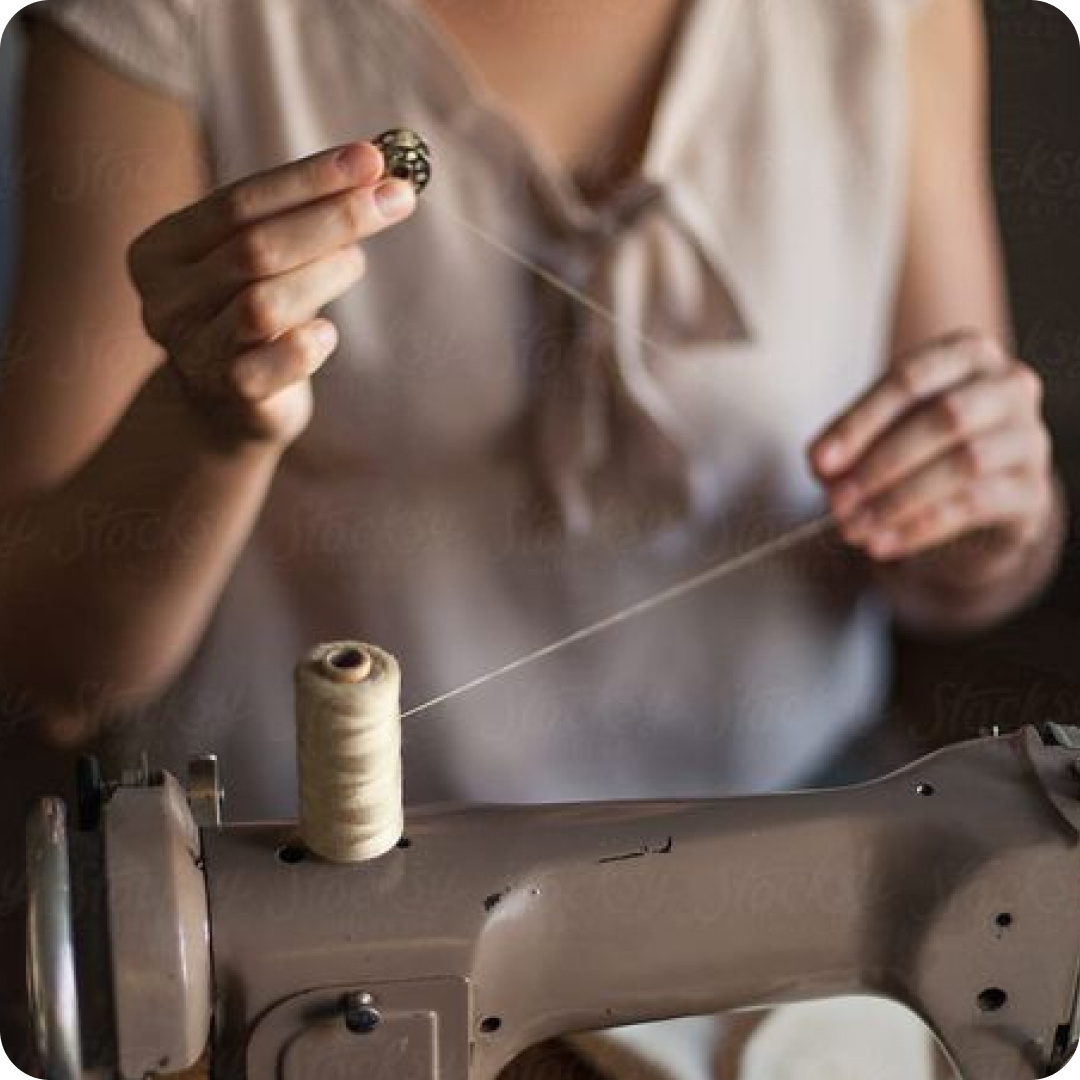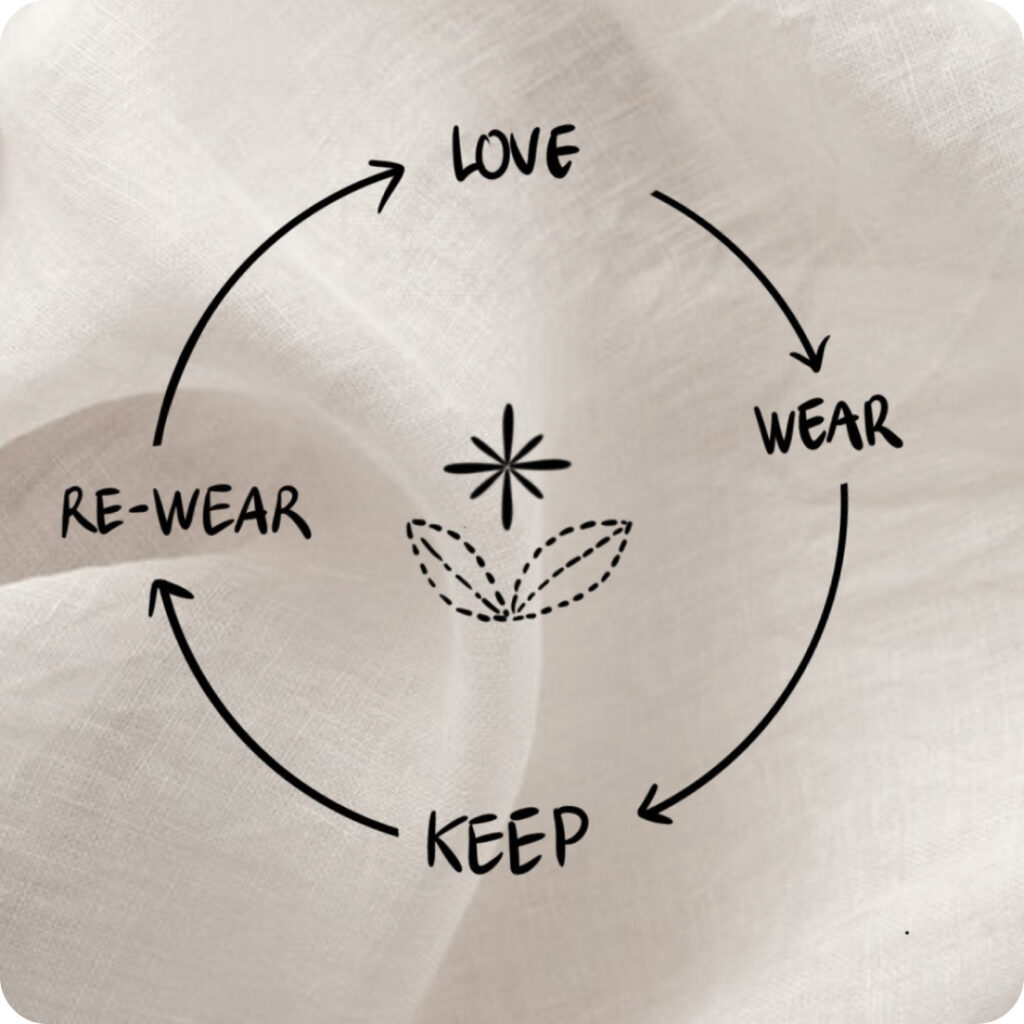3D Design Revolutionizing Outfit Trends
A Creative Shift of Outfit Trends
The realm of fashion is witnessing a seismic shift as 3D design technology ushers in an era of unparalleled innovation and creativity. Where the tactile nature of fabric once limited the scope of designers’ imaginations, digitalization is now enabling a limitless exploration of forms, textures, and movement, setting new outfit trends that captivate the world.
3D fashion trends redefine creativity and sustainability in the industry. (Internet Source)
In this transformation, the use of 3D printing and modeling is not simply an alternative method of garment construction; it is a paradigm shift toward dynamic fashion design development. The research conducted by KH Choi in 2022 exemplifies this trend, aiming to develop 3D dynamic garments with customizable styles, colors, and textile patterns that can change in real-time, reflecting an ever-evolving fashion ethos.
This ability to change the aesthetic of a garment post-production in fact does more than just redefine what we mean by “new outfit trends.” It fundamentally reconfigures the relationship between the wearer and their wardrobe, granting an unprecedented level of personal expression and malleability in fashion items.
Further to this, 3D technology’s role in the fashion industry has broadened to encompass everything from the initial design process to marketing. Laser-cutting patterns and digitizing textile designs allow for meticulous precision and the realization of concepts that would have been extremely difficult, if not impossible, to achieve by hand. These advancements are not only about aesthetics but also efficiency, reducing the time from concept to final product and enabling a more sustainable approach to sample production.
The Unique Benefits of 3D Fashion
This shift to 3D is not reserved for behind-the-scenes. High-profile collaborations like those between Chromatic 3D Materials and designer Anouk Wipprecht showcase how 3D can take center stage in a collection. Wipprecht’s work actively integrates technology into the very fabric of her designs, creating interactive, responsive garments that ripple and change in response to their environment.
Novel fabrics push the boundaries of creativity in 3D fashion outfit trends. (Internet Source)
It’s clear that this 3D trend is more than a fleeting fad. It represents a cultural and industrial transformation. Fashion has long been an incubator for cultural and social trends. In this vein, some fashion pioneers leverage 3D technology to experiment with and shape radical new clothing trends, pushing the boundaries of what fabric and design can achieve.
For designers and brands
This paradigm shift opens up a new avenue for innovation that can cater to the personal tastes and ethics of an increasingly conscientious clientele. Consumers’ demands for sustainability, individuality, and versatility in their clothing are met head-on by the adaptability of 3D designs. One is not simply buying a garment; one is investing in a piece of adaptive fashion future.
As we look at the broader tapestry of the fashion industry, it’s undeniable that outfit trends are being molded by the capabilities of 3D design. The symbiotic relationship between fashion and technology is not new, but the current intersection we are witnessing has the potential to redefine the essence of apparel creations.
In terms of aesthetics, the emergence of new outfit trends through 3D design has nudged designers towards sculptural and transformative design elements. Fabrics achieve new levels of fluidity and structure, silhouettes find new modes of expression, and the very kinetics of fashion are reinterpreted.
From an industry perspective, embracing 3D is also a strategic move. As the global fashion market becomes ever more competitive, brands that harness the power of 3D technology for crafting compelling and innovative collections can position themselves at the cutting edge.
In conclusion, the integration of 3D design into fashion denotes far more than a creative shift. It’s a comprehensive reimagining of garment creation, interaction, and consumption. As designers and brands harness the innovative potential of 3D, they pioneer new outfit trends, reframe consumer expectations, and set the stage for a future where fashion’s traditional constraints are mere whispers of the past. This synergy between creativity and technology not only reshapes the industry but signals a new epoch for apparel, one that aligns with the evolving values of individuality, sustainability, and innovation.

